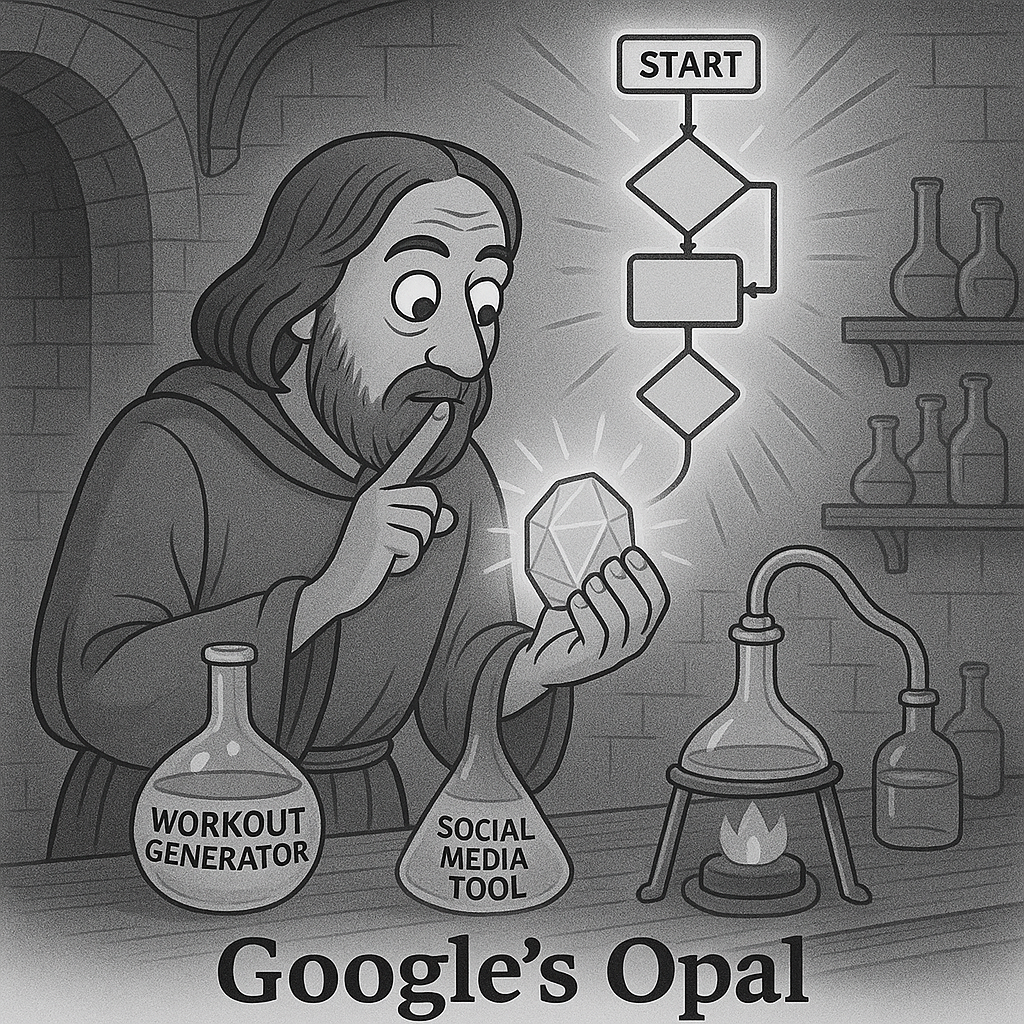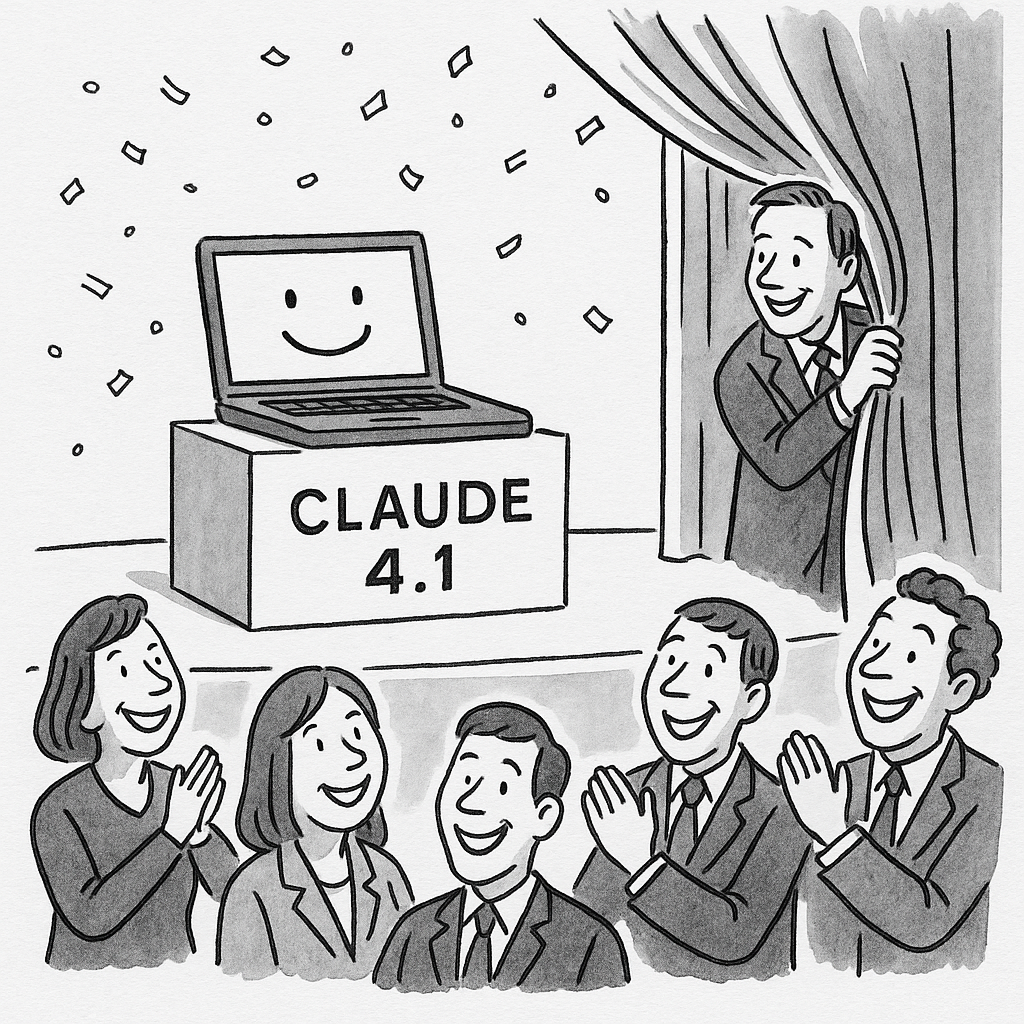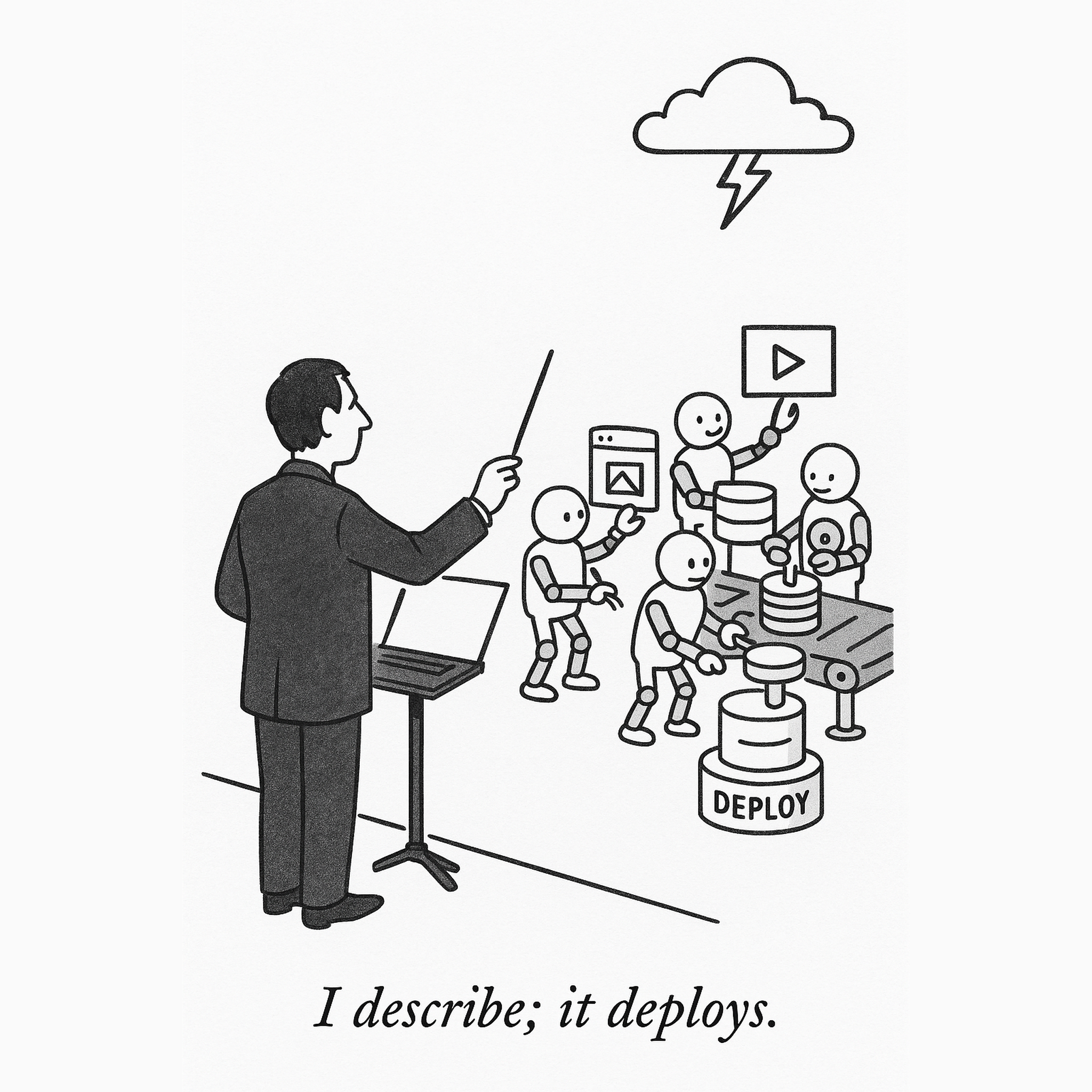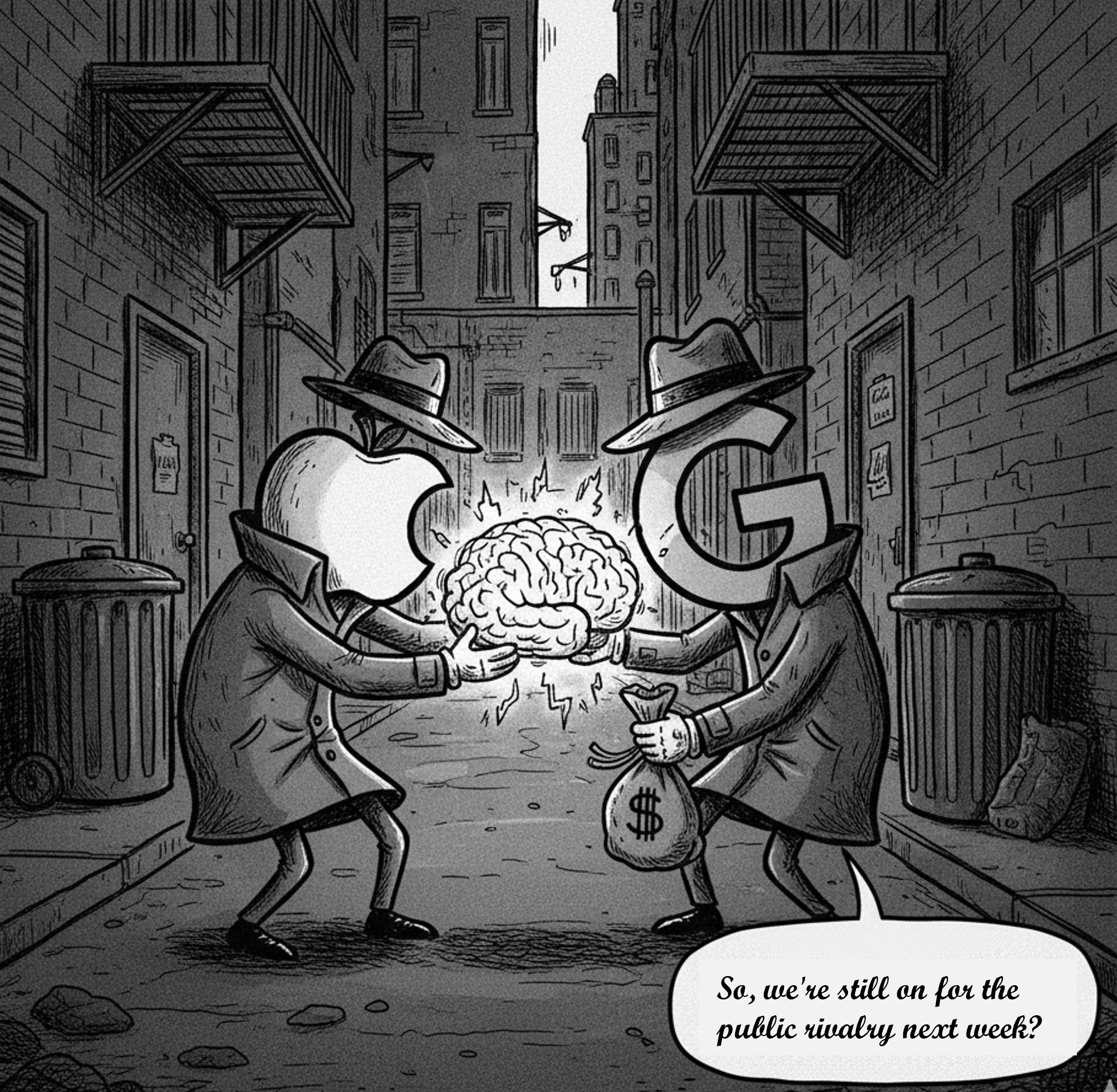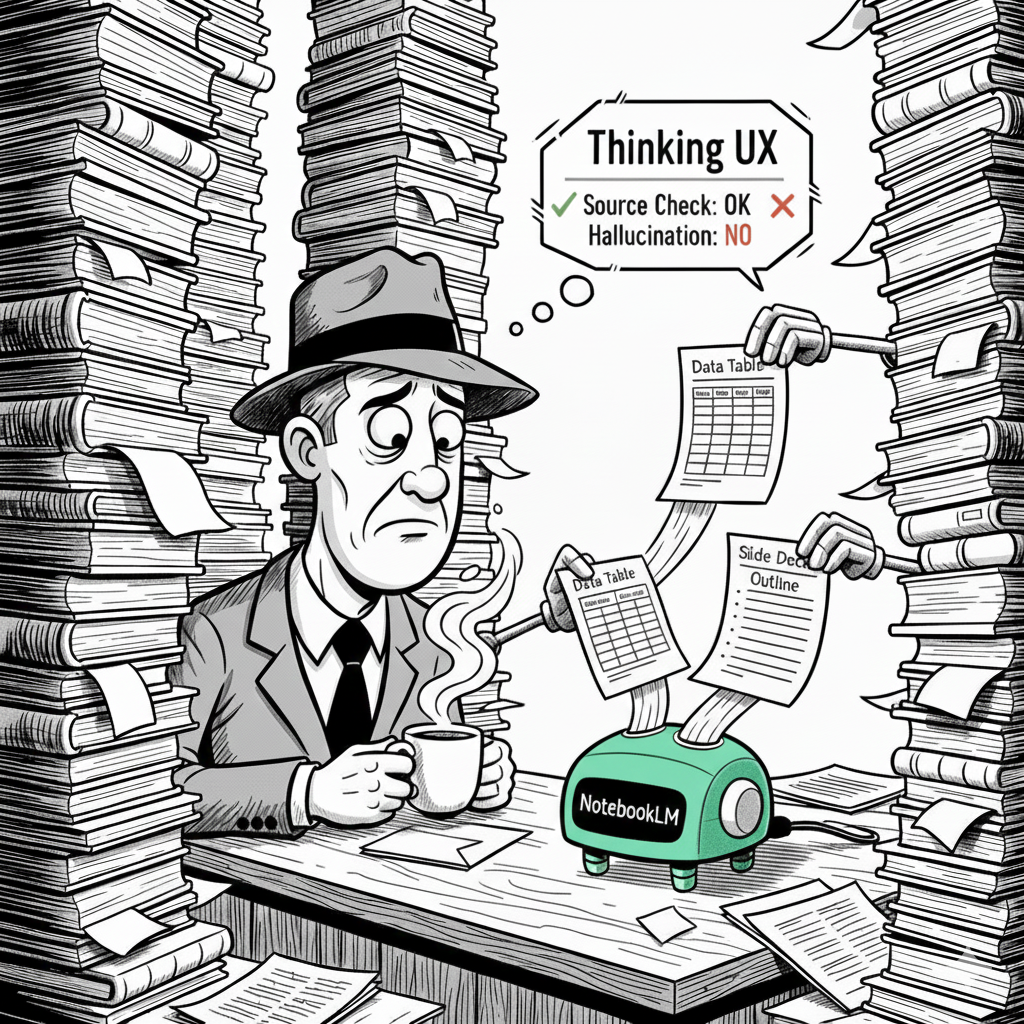Google's Opal: The AI App Builder Turning 'Vibes' into Code
Google's experimental tool, Opal, allows non-technical users to create functional "mini-apps" by describing their ideas in simple natural language, aiming to democratize software development without the need for coding.
Google has officially entered the burgeoning field of AI-driven software creation with Opal, an experimental tool from its Google Labs division that allows anyone to build functional "mini-apps" using simple, natural language prompts. Currently in a US-only public beta, Opal is designed to democratize app development, empowering a broad audience of non-technical users, from hobbyists to business analysts to turn their ideas into shareable tools without writing a single line of code.
The platform operates on a principle that early adopters have dubbed "vibe-coding," a paradigm shift that focuses on a user's intent rather than technical implementation. Instead of programming, a user simply describes the "vibe" or goal of their desired application. For instance, a prompt like, "Create an app that generates a calisthenics workout, gives tips, and shows photos of correct positions," is all that's needed to get started.
At its core, Opal is powered by Google's most advanced AI models. The Gemini family of models interprets the user's natural language prompt to construct the app's logic, while the Imagen model generates any necessary visual assets on the fly.
One of Opal's standout features is its transparent and interactive process. After a user enters a prompt, the tool generates a visual, node-based workflow on a digital "canvas". This diagram maps out the entire application logic, i.e. from user inputs to AI model calls and final outputs, demystifying the creation process. This canvas isn't just for show; it's a fully interactive editor. Users can refine their app in two ways: by issuing further conversational commands or by directly manipulating the nodes on the canvas for more granular control.
To ease users in, Opal includes a gallery of pre-built templates for common tasks like text summarization or social media post generation. Users are encouraged to "remix" these templates, adapting them to their specific needs, a strategy designed to foster a community of creators and rapidly expand the platform's use cases. Once an app is complete, it can be published and shared instantly via a link, making it accessible to anyone with a Google account.
Early community reaction has been a mix of excitement and frustration. Non-technical users have celebrated the newfound ability to create custom tools for tasks like analyzing news or tracking market trends. Developers and innovators have praised Opal as a powerful rapid-prototyping tool, capable of turning a complex idea into a working proof-of-concept in minutes instead of weeks.
However, the platform's experimental nature comes with significant limitations. The most critical drawback is its current lack of backend support; Opal cannot integrate with external databases or APIs, restricting it to front-end logic and static experiences. Some users have also reported instances where the underlying AI fails to follow complex instructions or ignores context, leading to generic or incorrect outputs. This has led some to describe the experience as "vibe and hope it works".
Opal's launch positions Google in a competitive landscape alongside tools like OpenAI's custom GPTs and AI-assisted design platforms from Canva and Figma. It represents a strategic bet on natural language as the future of software development and a powerful method for gathering high-quality training data for its Gemini models.
While its "experimental" tag serves as a caution against using it for business-critical applications, Opal's potential is clear. Its true innovation may not be in replacing professional developers but in creating a new category of disposable, hyper-specific "micro-apps". By lowering the barrier to entry, Google is aiming to change the public's relationship with software from one of passive consumption to active, on-demand creation. As the platform evolves beyond its beta phase, the industry will be watching closely to see if "vibe-coding" becomes the new standard for bringing ideas to life.
